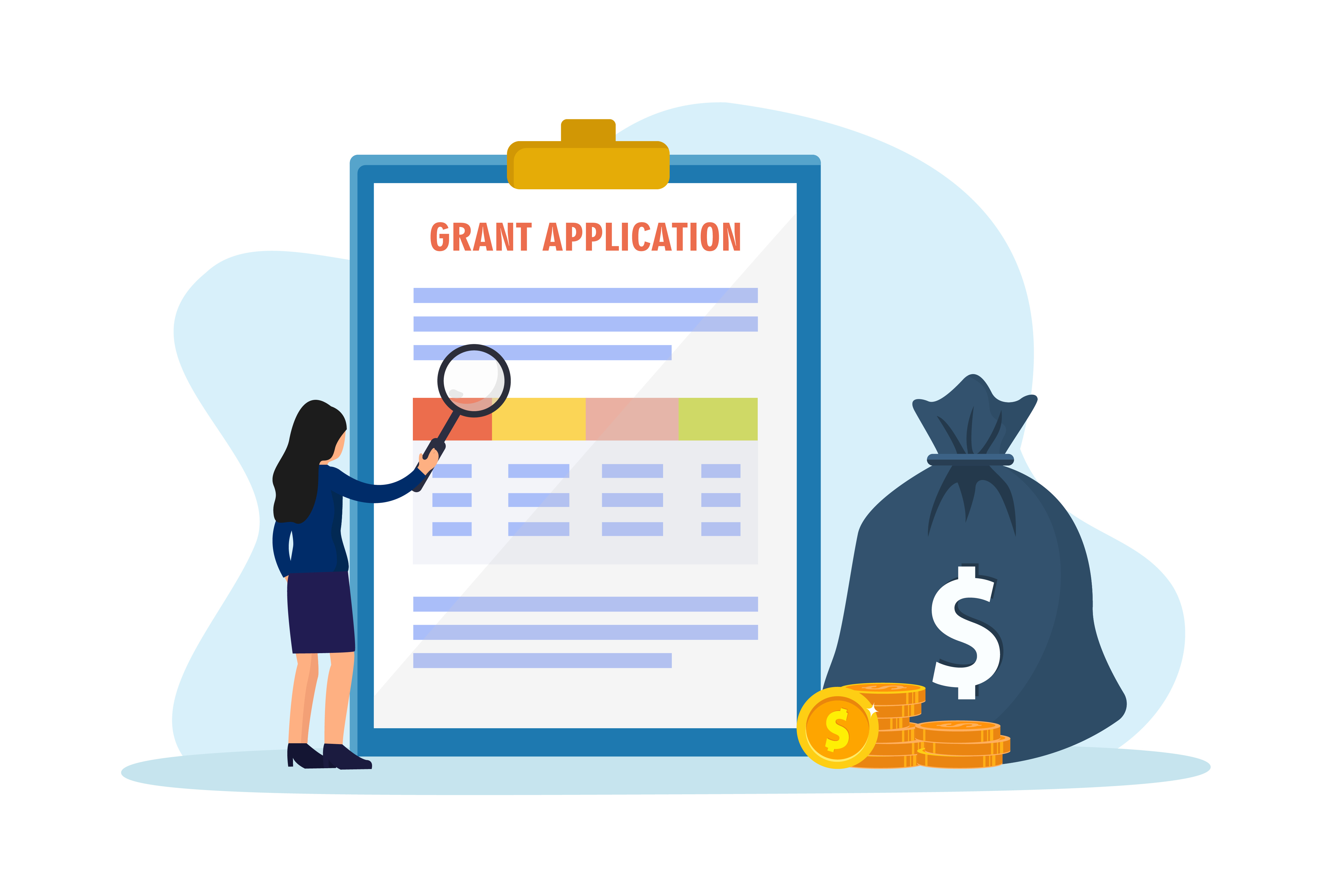Fall Back to Basics: Let’s Reset
In the rush to chase trends, tech, and fancy UI fantasies, it’s easy to lose sight of the foundational practices that make or break the user experience. When things get messy, it’s time to fall back to basics: definitely before building, but also as a constant check-in throughout the project. Below, we’ll walk through four core tenets of UX/UI design as a reset ritual:
- Research First
- Early Testing Saves Money
- Because Clarity Beats Chaos Every Time
- Real Insights, Real Results
And we’ll tie each to the practical phases: Market & User Research, Sketch & Test, Wireframe & Prototype, and Talk to Your Customers — often and early.
Research First
Before you write a line of code, invest in research. By research we mean both market-level and user-level investigation:
- Market & Competitive Research
Understand your industry landscape: what are competitors doing (and not doing), what patterns are working in adjacent domains, what constraints or norms exist. This helps you avoid reinventing the wheel or building features no one wants. - User & Ethnographic Research
Talk to your target audience before you code. Use interviews, context visits, diary studies, or surveys to uncover pain points, mental models, and goals. This ensures your design decisions are rooted in real user needs rather than assumptions.
Why it matters: you’ll catch wrong paths early before they cause wasted effort. The concept-testing literature shows that validating ideas before committing reduces risk and helps teams pivot before heavy investment. (Uxrmethods)
Tips:
- Begin with open-ended questions. Let users tell stories.
- Use personas, but base them on real data, not guesses.
- Map journeys, contexts, and edge cases—even if they seem rare, they often expose critical moments.
Early Testing Saves Money
Once you have hypotheses (from your research), test them—immediately. This principle holds whether you're sketching, wireframing, or prototyping.
- Sketch & Test
Use paper, whiteboards or rough digital sketches to test flows, ideas, or content placement. Because sketches are cheap and disposable, they’re perfect for validation. Paper prototyping is a widely used throw-away method that lets you test interface logic before writing code. (Wikipedia) - Early-Design Testing
According to Interaction Design Foundation, early-design testing is about probing flows, wireframes or screen concepts at the earliest possible stage to “uncover usability issues, validate assumptions, and gather feedback before full development.” (The Interaction Design Foundation)
You’ll find parts of the design that don’t make sense, or features that are confusing, when it's still cheap to change them. - Wireframe & Prototype Testing
Low-fidelity wireframes let you test structure and layout without focusing on visual polish. High-fidelity prototypes let you test interaction, transitions, and real workflows. Using both in tandem helps catch both structural and behavioral issues. (Clay)
The consensus across UX practitioners is: the earlier you test, the less costly corrections are.
Why it saves money:
- Fixing a usability flaw after launch or deep in development is orders of magnitude more expensive than changing a sketch.
- You avoid building features nobody wants.
- You reduce the “wasted engineering complexity” you’d otherwise carry.
Because Clarity Beats Chaos Every Time
One of your core goals as a UX designer is clarity—for users, stakeholders, and your team. Chaos breeds confusion, misalignment, rework, and frustration. Clarity, on the other hand, ensures everyone sees the same destination (and the path to get there).
- Wireframe & Prototype as communication tools
Wireframes act like a blueprint: they show structure, hierarchy, and flow without the distractions of color, imagery, or micro-details. (MoldStud)
Prototypes, on the other hand, allow interactive demonstration—so discussions are grounded in experience, not imagination. (Medium)
Together, they reduce ambiguity between designers, developers, product managers, and stakeholders. - An annotated, versioned process
Make sure wireframes or prototypes are annotated (e.g. notes about interactions, edge states). Keep version control so changes are explicit and traceable. - Use tests to align priorities
As you test early, uncover conflicting feedback or surprise insights. Use that to reset priorities. Don’t let internal politics or vested interests dodge the light of clarity.
In short: clarity is the guardrail. If something feels messy or ambiguous, pause and back up to simpler forms (e.g. sketches, simplified flows) until you can re-establish a shared understanding.
Real Insights, Real Results
At the end of the day, what matters is insight and outcome. Research, testing, clarity—they’re all means to a tangible result: a product people love, that meets business goals, and that operates with less friction. As you reset, focus on:
- Talk to Your Customers — Often and Early
The single most underrated habit is constant conversation with your users. Whether via quick intercepts, interviews, usability sessions, or feedback loops in a beta or MVP, keep hearing their voice. It prevents drifting into assumptions and keeps you grounded. - Iterative cycles with real feedback
Don’t just test once and move on. Do cyclical loops: test, learn, redesign, test again. Over time, your product’s UX converges toward user expectations and real needs. - Close the loop with metrics
Blend qualitative insights (usability issues, pain points, emotional reactions) with quantitative measures (task success rate, time on task, conversion funnels) so you validate that what you’ve learned actually translates into improved performance. - Avoid “designing in a vacuum”
The more isolated your design process is from real users, the greater the risk of blind spots. Use your early research and testing to expose—and then eliminate—biases.
Your team’s clarity, creativity, and momentum depend on more than just first to launch, they thrive on alignment with your customers and company purpose. Intention Labs helps you design and facilitate validation sessions, workshops, and internal resets that cut through noise and refocus your organization around what truly matters. Together, we’ll identify your biggest opportunities, test your assumptions, and build the confidence to move forward with clarity. Your competitors aren’t waiting, why are you? The time to validate, align, and accelerate is now.
References & Bibliography
- “What is Early-Design Testing?” — Interaction Design Foundation (The Interaction Design Foundation)
- “Concept Testing | UXRmethods” (Uxrmethods)
- “UX concept testing: Benefits, Best Practices & Tools” — UXCam (UXCam)
- “Wireframe Design and Prototypes: Quick Guide” — Clay (Clay)
- “The Importance of Wireframing in UX Design Explained” — MoldStud (MoldStud)
- “Wireframes in UX Design – Types, Tools, Benefits & How to Create One” — dev.to (DEV Community)



.png)

.png)
.png)